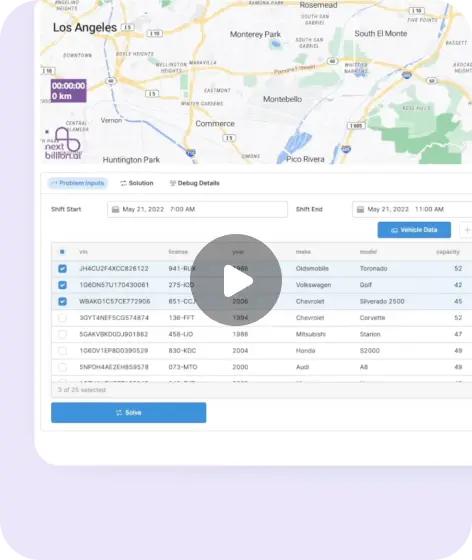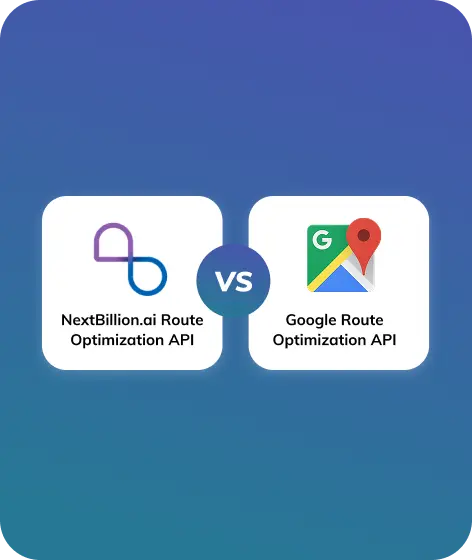Inside the Snowflake Partnership
NextBillion.ai and Snowflake together transform complex location data into actionable business intelligence. This partnership empowers enterprises to merge routing, fleet, and mobility data with their operational systems inside the Snowflake Data Cloud, creating a unified foundation for analysis, prediction, and planning.
By integrating NextBillion.ai’s API-driven geospatial intelligence with Snowflake’s secure, elastic, and governed platform, organizations can bridge the gap between operational execution and strategic analytics. The result is a complete, contextual view of performance across logistics, mobility, and business operations.
Through this collaboration, enterprises can simplify infrastructure, accelerate insights, and operationalize location intelligence at scale, all while maintaining security and governance within their existing Snowflake environment. Teams can also deploy and manage these capabilities directly through the Snowflake Marketplace, enabling faster adoption and seamless scalability across the enterprise.
Explore on Snowflake Marketplace
Platform Highlights
The Snowflake–NextBillion.ai integration empowers data and operations teams with direct access to high-fidelity geospatial intelligence inside their enterprise data cloud, eliminating data silos, reducing latency, and enabling real-time decision-making at scale.
Route Optimization API
Plan, re-route, and optimize complex multi-stop operations in real time. The API takes into account live traffic conditions, vehicle capacities, driver schedules, and delivery time windows to ensure that every route is efficient, compliant, and cost-effective.
Distance Matrix API
Compute large-scale travel-time and distance matrices across thousands of origin–destination pairs with enterprise precision. This API enables fast and scalable ETA prediction, dispatch automation, and network optimization, helping teams build smarter pricing models and delivery forecasts.
Directions API
Provide accurate, context-aware navigation tailored to each fleet and geography. The Directions API allows organizations to customize routing profiles for vehicle types, cargo categories, and regional restrictions.
Together, these APIs, unified within Snowflake’s powerful data cloud, create a single, governed source of truth for all location-driven operations.
Ready to Build Scalable, Data-Driven Location Solutions?
Deploy NextBillion.ai on Snowflake to unify routing, fleet, and geospatial intelligence with your enterprise data cloud, built for speed, security, and limitless scale.





